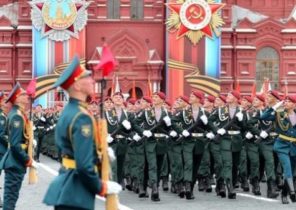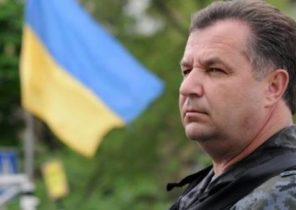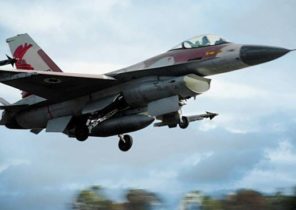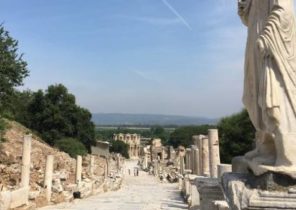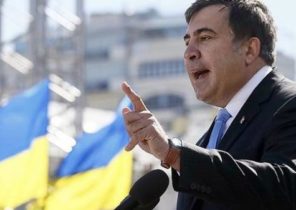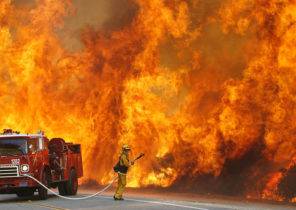
Sunday from Italy to Russia brought the relics of St. Nicholas, placing them in the Moscow Christ the Savior Cathedral (a huge Cathedral, built on the site of its predecessor, blown up by Stalin in 1931). Them began a mass pilgrimage. In June, they will travel to St. Petersburg, and in July will return to Bari.
Believers worship the relics of Saint Nicholas in the Cathedral of Christ the Savior. It became possible thanks to the meeting between Pope Francis and Moscow Patriarch Kirill, which took place last year in Cuba.
Saint Nicholas means a lot to Russian Orthodox Church — and not because he became the prototype of the mythical figure Santa Claus. He lived in Asia Minor, in the heart of the Eastern part of the Roman Empire, from which Russia came to Christianity. The relics of St. Nicholas were transferred from Myra in Italian only Bari in 1087, and since they are stored in this city. As you search for details, I came across one ritual of the Church service, which I shook.
Unfamiliar rituals are often surprising because of its powerful symbolism. In the preparation of bread for the ritual of communion in Orthodoxy is the sequence of actions in memory of the crucified Jesus Christ, whom the Roman soldier stabbed a spear. In the Russian Orthodox ceremony of making bread (it’s called the Liturgy of preparation, and is the Greek term) is performed by a priest that uses a symbolic spear. The bread should be the mystery of Christ’s presence.
First, the priest cuts out communion bread in the form of a cube of lamb. He cuts the bread on the right side with the words “Thou Ovcha on zasolenie Odesa”. Then cut the left side with the words, “And thou a lamb immaculate, right strigosa his mute, Taco not open his mouth”. Following this, the priest of the incision upwards, saying, “In humility His judgment It is undertaken”. Then he incision the lower side, saying “Race Him who ispovest”. When the bread is incised on all four sides, the priest takes the lamb and says: “Thou stemlets from the earth stomach It.”
I don’t want to say that in these symbolic actions that something is wrong. On the contrary, they correspond to the other ancient liturgies, connecting offer the Holy gifts with the way Christ offered his body in sacrifice on the cross. It reminds me of the Mozarabic Liturgy performed in the Cathedral in Toledo. There is consecrated bread is divided into nine parts according to the number of events in the life of Christ, from incarnation to the Second coming.
The significance of the offertory for St. Nicholas is that his name in the Russian Orthodox Church is mentioned whenever the priest takes communion bread from other particles, distributed during communion.
Communion bread is removed from the particle to the memory of the mother of God. Then removed from the particles in the memory of the living, in memory of the deceased, after which the priest takes out a particle for himself. But before that, he takes out the particles for the nine ranks of angels and others.
First there is a particle in the memory of John the Baptist, then in the memory of the three young men (in the fiery furnace), apostles, hierarchs, martyrs, Reverend fathers, such as Anthony (and mothers, such as Mary of Egypt), disinterested (famous for the fact that they did not take money for his good deeds, for example, healers Cosmas and Damian), righteous bogatchev (Joachim and Anna) and compiler of the Liturgy of St. John Chrysostom.
The name Nicholas is mentioned in a number of hierarchs, together with Cyril of Alexandria and Athanasius.
Saint Nicholas participated in the Ecumenical Council of Nicaea in the year 325. Despite the infighting on the doctrine of the faith, the official split between East and West did not exist. Maybe St. Nicholas will help to overcome it now during your stay in Russia.
